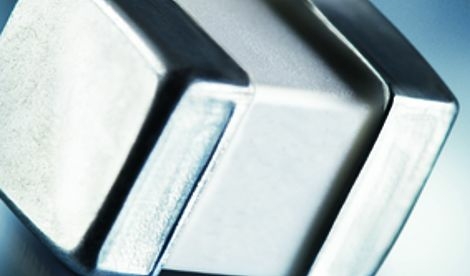source: Schurter news
SCHURTER’s new High Current Fuse, HCF, is an extremely robust SMD fuse, designed using solid-state / thin-film technology. The HCF is especially suited for use in particularly harsh applications, where the reliable interrupt of high currents is critical.
SCHURTER’s experience, acquired from the development of solid-state fuses for the space industry, and the cooperation with ESA, have led to the development of the HCF. The new HCF has a similar structure as the two ESA-certified types SCHURTER MGA-S and HCSF. Fuses used in Space applications meet the most rigorous performance requirements, with only the most advanced, most reliable technologies available. However, the intensive screening of each individual fuse, which is essential requirement for space applications, is not necessary with the HCF for non-Space applications. This leads to a substantial reduction in the cost per fuse.
Solid state / thin film
In contrast to conventional fuses with a melting wire, the HCF has a metallic thin film layer. With this manufacturing technique, a metal layer is applied in conjunction with a so-called sputter. The two form on a glass substrate in an exact micrometer thickness. The resulting fuse element is enclosed with a ceramic housing, that guarantees the necessary stability and interrupt capacity. No harmful substances escape in solid or gaseous form during cutoff of the fuse. This technology also makes the SCHURTER HCF completely impermeable to potting compound, which can be used to achieve a hermetic seal e.g. for use in intrinsically safe applications according to ATEX and IECEx requirements.
High breaking capacity
The SCHURTER HCF has a high breaking capacity of up to 1000 A at 125 VAC resp. 125 VDC with fast response. It covers a rated current range from 5 A to 15 A.
Application areas
Due to its robust design, the HCF fuse is particularly suited for applications which offer high reliability under particularly difficult conditions (thermal and mechanical shock, cycle endurance, etc.). Examples of possible applications: ATEX- and offshore oil and gas applications, equipment operated in sub-arctic regions, aviation electronics, and certain medical technology, where robust and space saving fuse performance is required. The temperature from -50 °C to 125 °C, as well as a vibration resistance – tested up to 1600g – make the HCF ideal for the most demanding high-performance applications under the most adverse conditions.


































